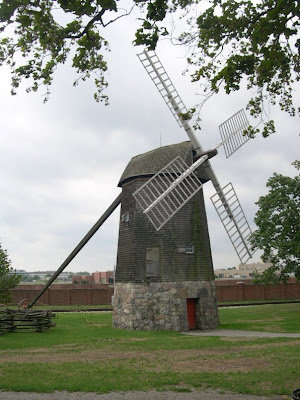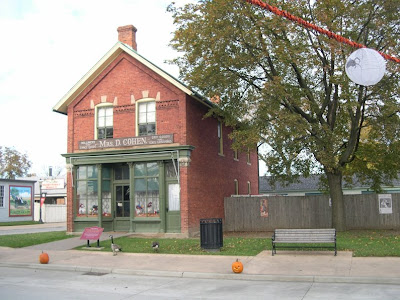Robert Frost House (formerly known as Ann Arbor House, Robert Frost Home, and Frost Home)

This is a fine example of midwestern Greek Revival architecture. This six room house was built in the early 1830's in Ann Arbor, Michigan and was the home of local politician Thompson Sinclair. It is furnished with Classical Revival and Empire pieces, popular in the mid 19th century. Robert Frost, noted American poet, discovered this home in the 1920's while on a walk around the University of Michigan during his tenure as an honorable fellowship - "poet-in-residence" - at the college and, charmed by the structure, moved in. He wrote some of his best and most famous poems while living here. He would invite students over for tea and discuss their poetry. Henry Ford had the home moved to Greenfield Village in 1937. .








